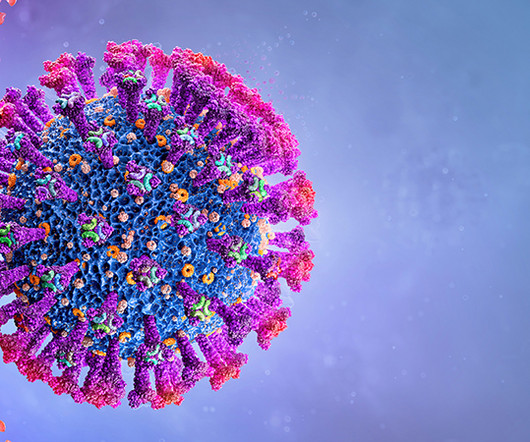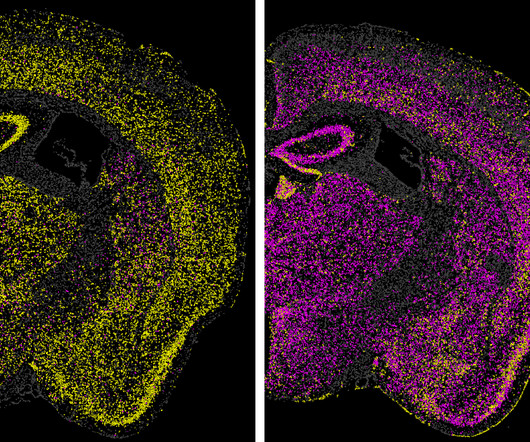SARS-CoV-2: advancing the production of the ACE2 protein
Drug Target Review
JANUARY 26, 2024
Researchers from Columbia University and the US Department of Energy (DOE)’s Brookhaven National Laboratory have elucidated a method to produce large quantities of the receptor that the SARS-CoV-2 spike protein uses to bind to the surface of human cells.












Let's personalize your content